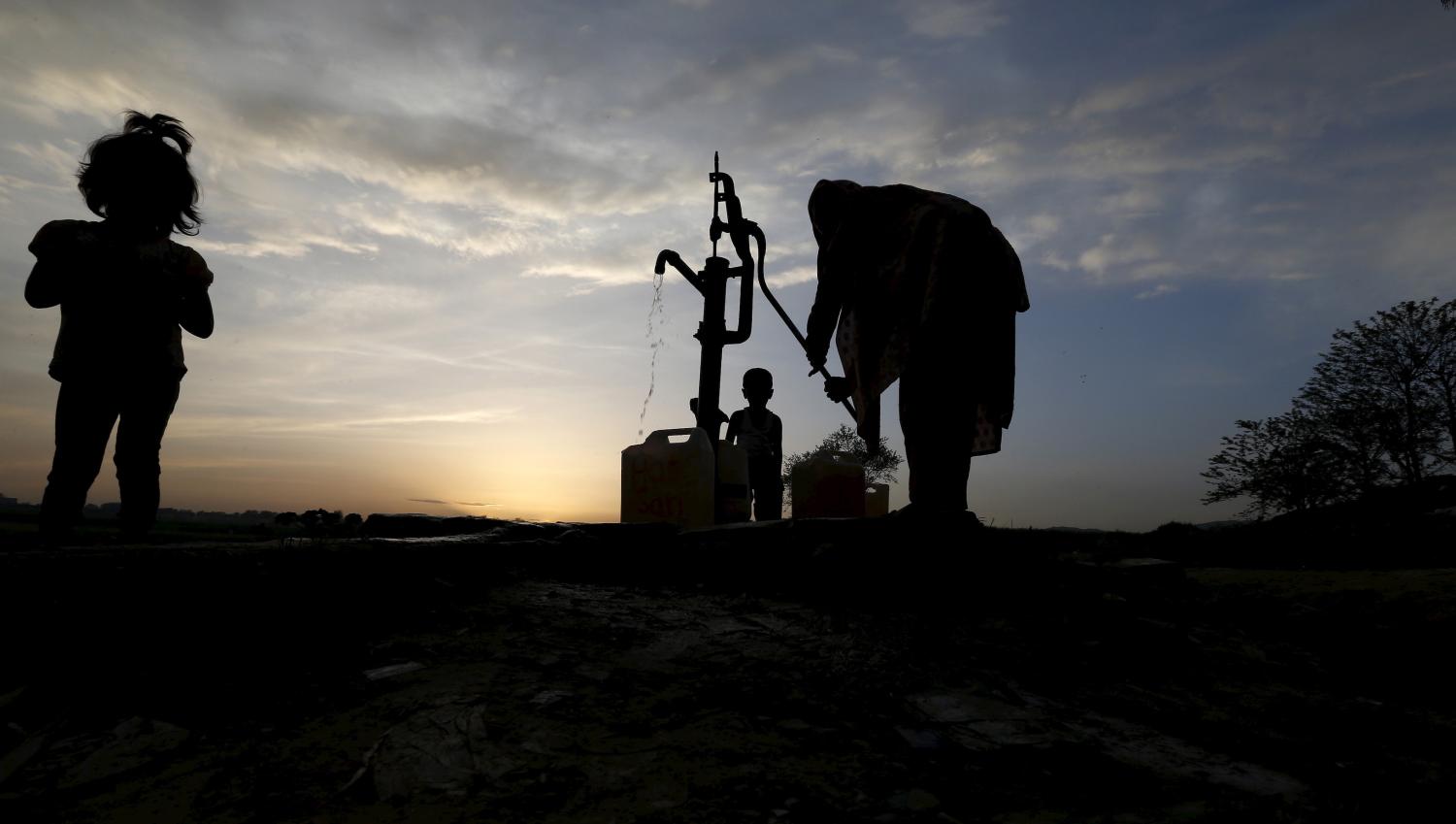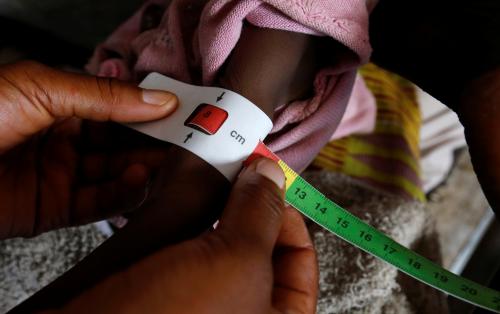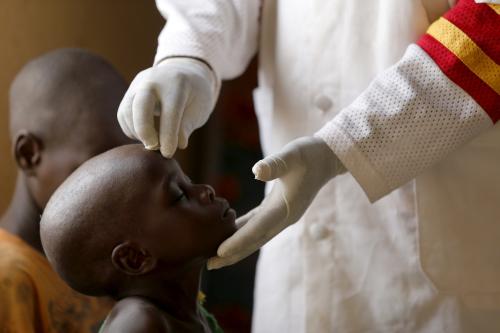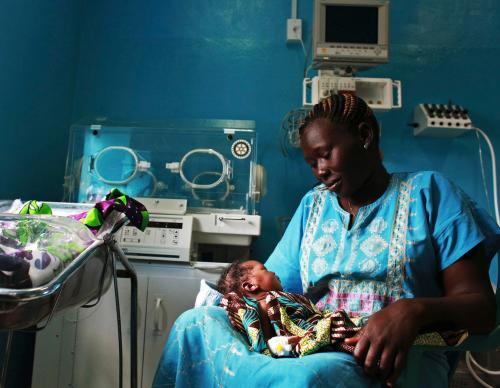Do the Sustainable Development Goals (SDGs) matter for real people? In 2015, at the United Nations, all countries agreed on the set of ambitious economic, social and environmental targets to be achieved by no later than 2030, guided by a central motivation to “leave no one behind.” But is the world on track to do so? What are the consequences if it falls short? How many lives are at stake? This paper considers these questions by estimating the extent to which, if recent trends persist, issues and countries will still see people left behind.
Overall, our findings show that most countries are making progress on most issues, but the SDGs still require much faster progress in order to leave no one behind.
In considering which issues face the biggest challenges if recent trends continue, we find:
- The world is on track to achieve at least half the SDG standard on only 5 assessed indicators—child mortality, hepatitis B, malaria, access to electricity, and extreme poverty—while achieving less than half the objective on 18 indicators and moving in the wrong direction on 2 indicators—air pollution and children overweight.
- Approximately 44 million lives are at stake, including more than 29 million people under age 70 at risk due to non-communicable diseases and 9 million children under age 5 vulnerable to preventable causes of death.
- On indicators of basic needs, often hundreds of millions—and in some instances billions—of people’s needs are at stake. This includes an estimated 475 million people, or 6 percent of world population, who will still be living in extreme poverty in 2030, well short of eradication.
- Distressingly, measures of gender equality are nowhere near on track for full success by 2030, including 850 million women subject to violence and nearly half of all women and girls still facing discrimination in opportunities for public leadership.
In considering which countries face the biggest challenges if recent trends continue, we also find:
- A small number of countries will account for the majority of people left behind on each issue, although the mix of countries differs by indicator. On multiple indicators, Nigeria, India, Democratic Republic of Congo, Pakistan, and China are home to a large share of the people left behind, as are the United States and Brazil in some instances.
- Independent of population size, countries like Central African Republic, Chad, South Sudan, and Somalia will be furthest from the absolute targets in 2030.
- All OECD countries will face shortfalls on both absolute and relative targets. Every country has its own mix and depth of challenges to address, demonstrating the universal relevance of the SDG framework.










